Many people only call for air conditioning repair when their system totally fails. However, the fact is your air conditioner will often give warning signs before a complete breakdown that results in new AC installation. Understanding the warning signs and calling the experts at Air-Right Energy Design to handle issues early can spare you the hassle and expense of a full AC system breakdown. More importantly, it can stop you from having to endure the uncomfortable feeling of having your AC break down when it’s scorching hot outside.
When you call us, our team of highly trained HVAC technicians will pinpoint what’s wrong, make the necessary repairs and get your system running again. We have a proven track record in the community and provide high-quality, cost-effective AC service for local homeowners.
Why put off calling the pros until your cooling system stops working? Skip all that hassle by calling today to schedule AC repair in Manassas, VA, from Air-Right Energy Design.
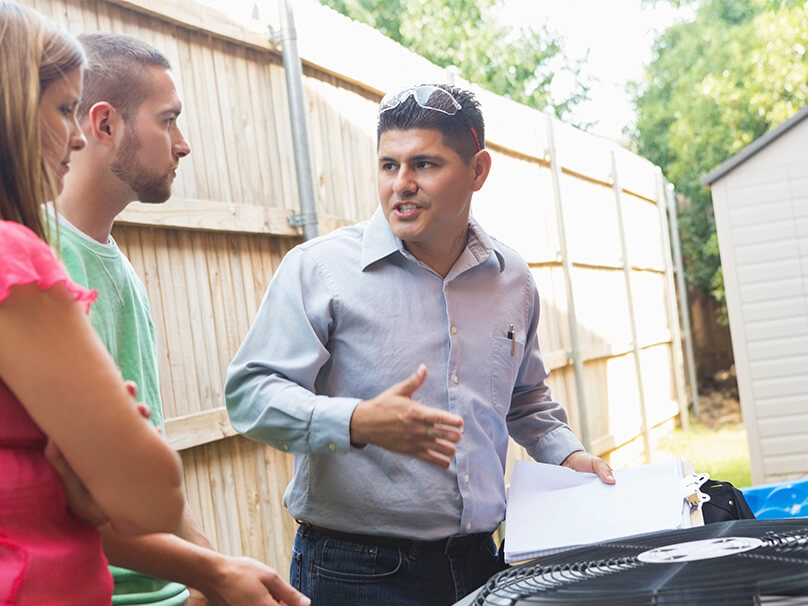
Warnings Signs You Need AC Repair
What are the signs your air conditioner requires service? From strange odors to a lack of cool air coming from the vents, there are many clues that your cooling system has an issue and needs evaluation or repair.
Here are some red flags that trouble may be developing and it’s time to call an HVAC technician from Air-Right Energy Design:
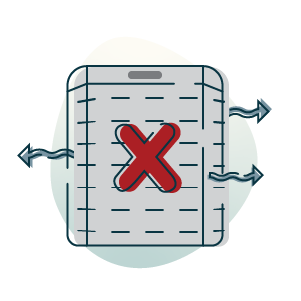
AC won’t blow cold air
If warm air is flowing out of your AC unit instead of cool air, or if the air isn’t as cool as it should be, it’s a smart move to call us for professional cooling service.
Air conditioning keeps turning on and off
If your AC system turns on and off instead of maintaining steady operation, it could be a warning of potential issues and should be looked at by one of our certified HVAC technicians.
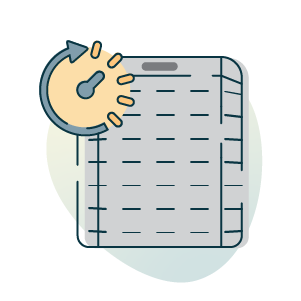
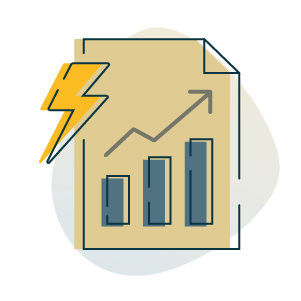
Monthly utility bills increase for no apparent reason
A big jump in your energy costs can be a signal your AC unit is losing efficiency, which means it uses more energy to cool your home and needs AC maintenance or repair.
Strange odors are coming from your air conditioner
Air conditioners should not stink. Weird smells coming from your air conditioning system should be checked by an expert, as they can be a red flag for issues like mold, mildew or even electrical issues.
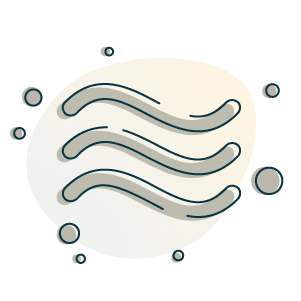
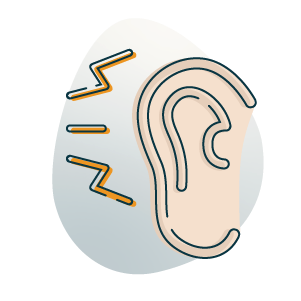
AC starts making noises
If you hear odd noises when your AC system is running — banging, grinding or screeching, to name just a few — it’s important to call for professional HVAC service to evaluate your system.
Request Pro Air Conditioner Repair Right Away
When you have to have air conditioning service quickly, get in touch with the HVAC repair experts at Air-Right Energy Design. We’ll promptly detect the trouble when your system won’t run or give adequate chilled air.






